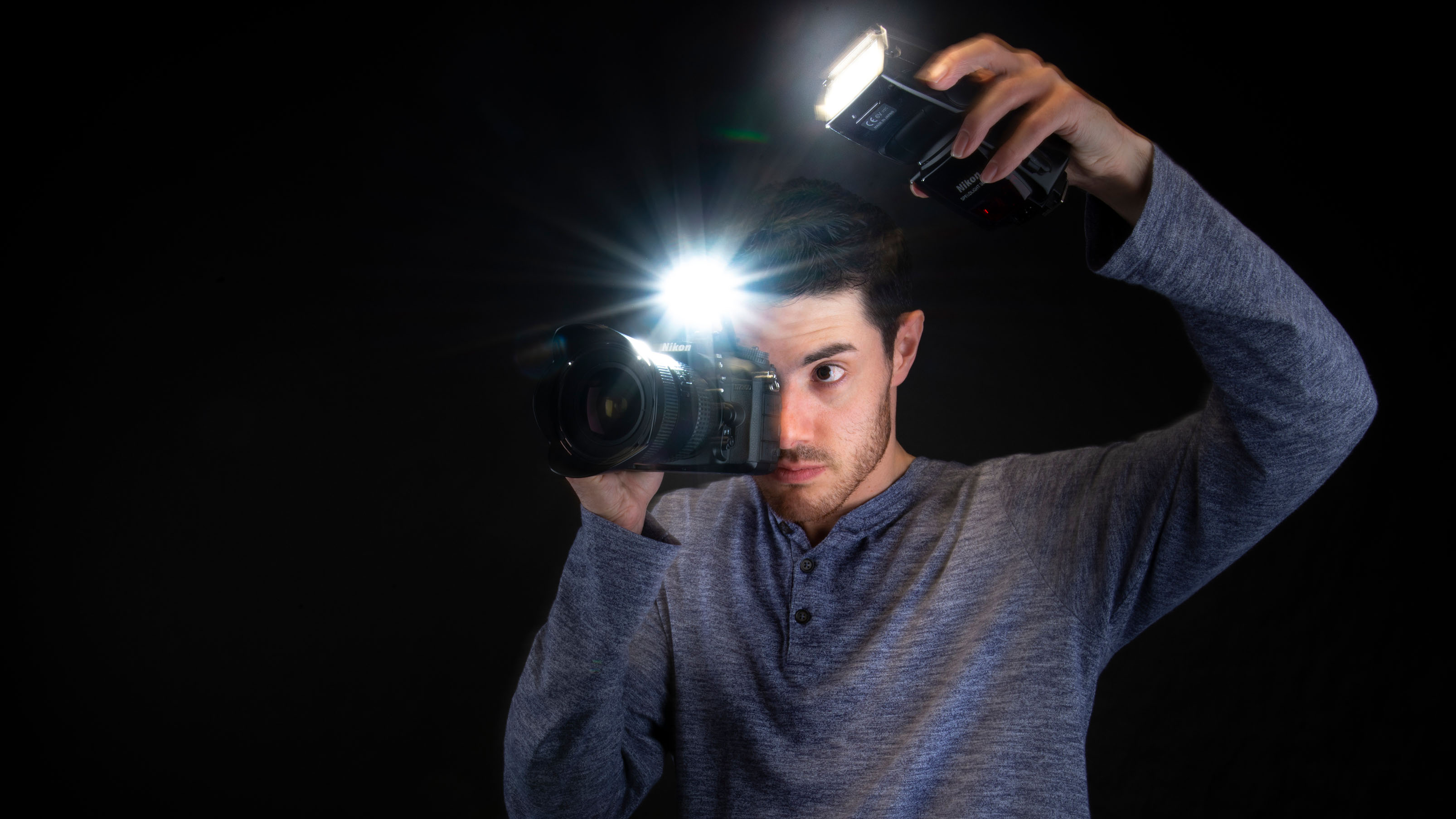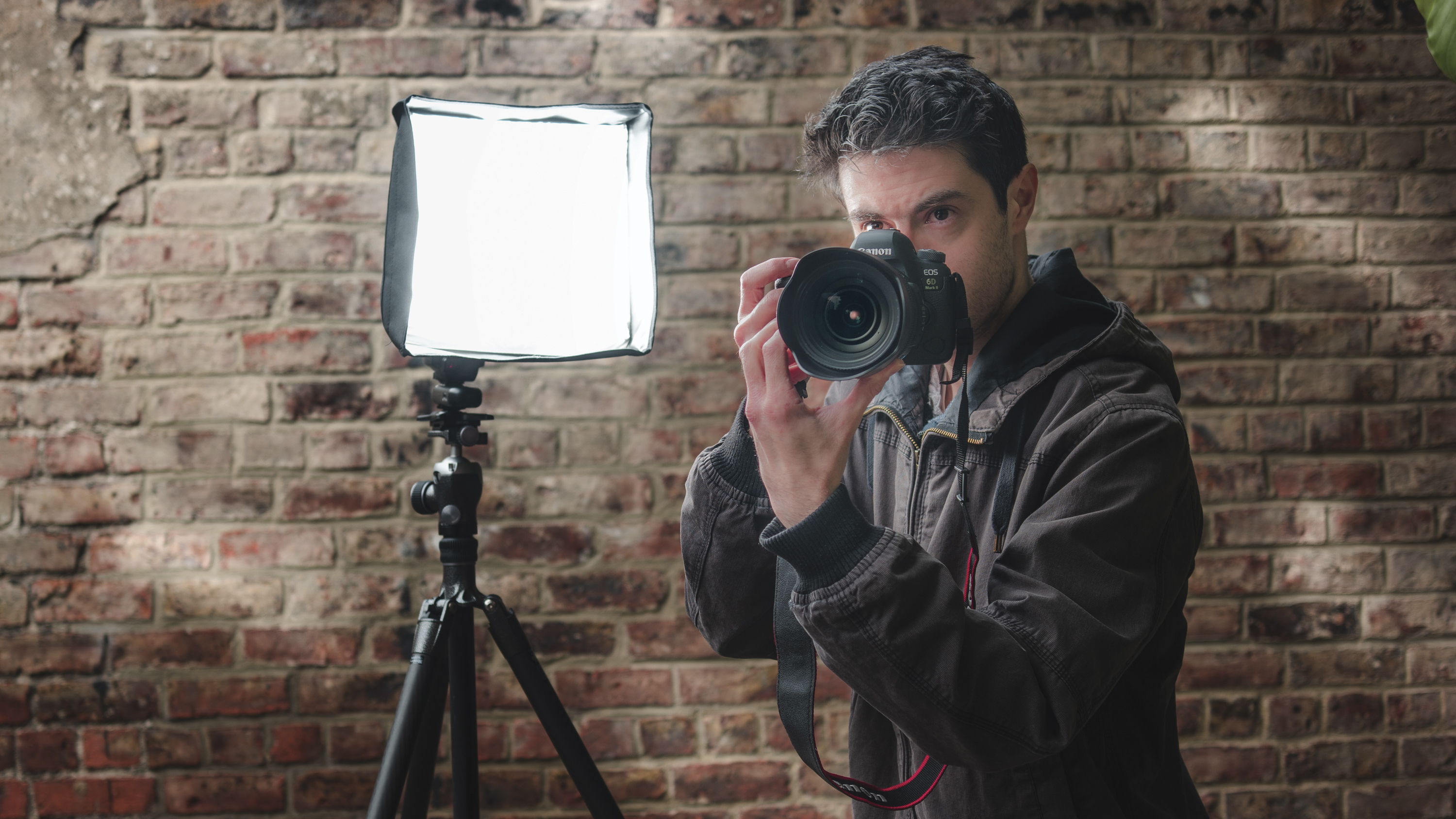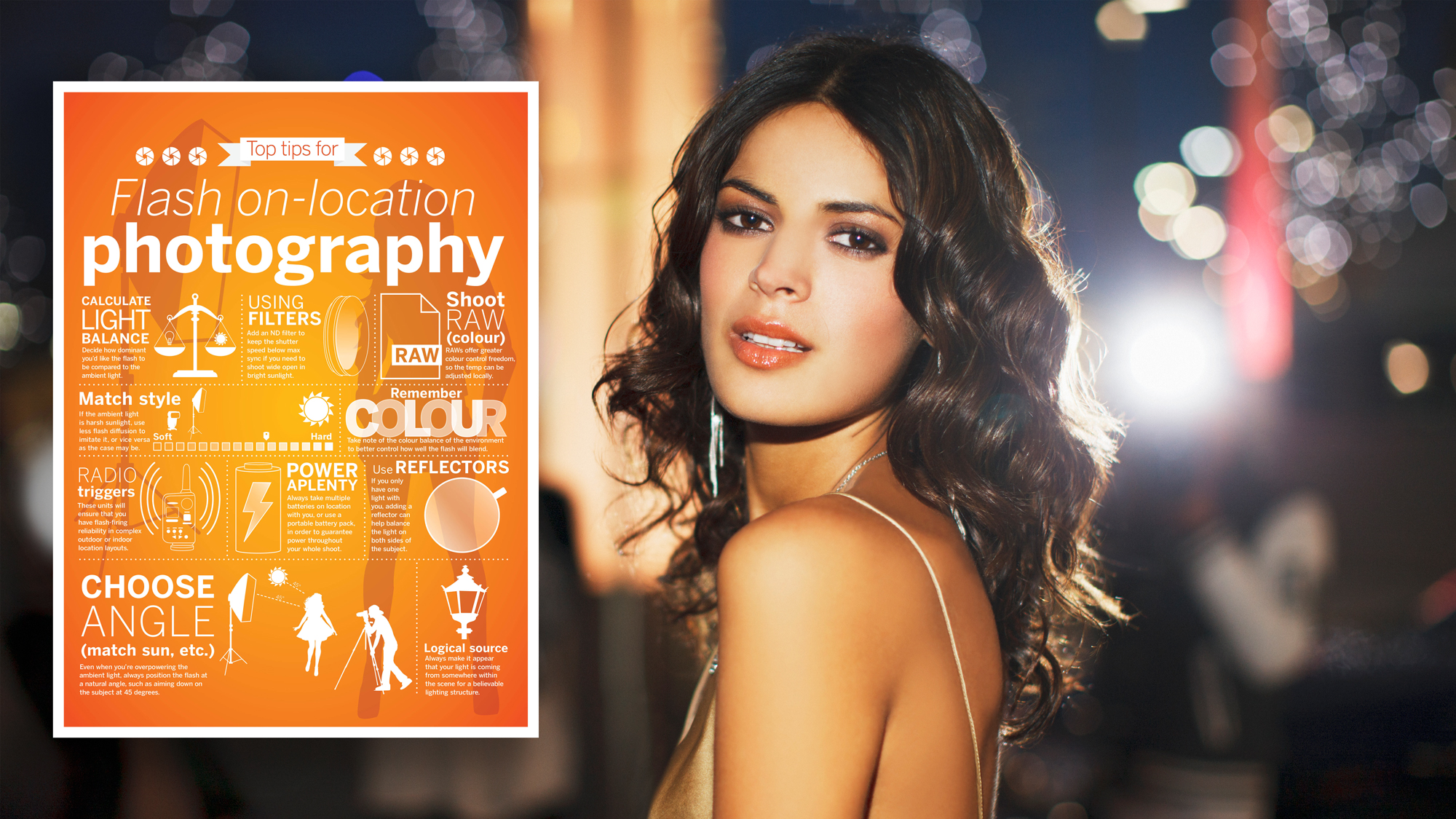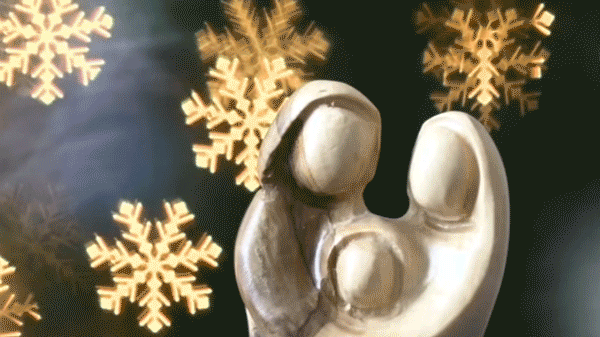Don't ditch the flash! 5 reasons to use flash not LED lights for your photography
Flashguns seem to have fallen out of favor, but they have advantages that continuous LED lights don’t

The arguments against flashguns are pretty clear cut. They can be quite complicated to understand and use, they have a reputation for producing harsh lighting (somewhat unfair) and of course they are no good at all for video, where you need continuous lighting.
But it’s easy to overlook how useful flashguns (or ‘strobes’) are for stills photography, even now. Here are five reasons why it’s still worth finding space in a corner of your kitbag for a flash, whether it’s to supply a little fill light for outdoor portraits, add extra illumination to an indoor or night-time scene, or create special action effects by combining movement blur with a sharply defined subject.
1. Flashguns are portable
They don’t take up any more space in your camera bag than a typical lens, and they don’t weigh any more either. Most of us could find space in our bags for a flashgun, where they can live for weeks or months at a time, not getting in anybody’s way but ready to fire off a powerful burst of light whenever it’s needed.
2. Flashguns are powerful
Even a small flashgun produces way more light than LED panels many times larger. The intensity is high enough that you don’t need high ISOs or wide lens apertures to anything like the same degree you do with LED lights.
3. No camera shake, no subject blur
Flashguns fire a very short, very intense burst of light. The flash ‘duration’ is typically just a few hundreds of a second, or a few thousandths. The effective exposure time is fast enough to freeze everything in front of the camera – though you can combine flash with ambient light to get creative movement blur too.
4. Flash doesn't leave your subjects squinting
LED panels are great for portraits, except when you put them close to your subjects to get the maximum power and the softest light. Indeed, if you use LED lights bright enough for normal exposures and ISO settings, it can leave your subjects squinting. A powerful flash is over in milliseconds, but constant bright LED lighting can be really uncomfortable for your sitter.
5. Flash is less obtrusive
Of course, a barrage of flashguns is a cliché in doorstep journalism, and it’s hard to imagine anything more obtrusive than that. But for regular shooting sessions, an occasional flash will attract far less attention than constantly-on LED lights. Before you know it, continuous lights can attract a crowd of people thinking they’re looking at a movie set, or uniformed officials wanting to know if you have a permit!
The best camera deals, reviews, product advice, and unmissable photography news, direct to your inbox!
In fact if you want to know ANYTHING about flash and what it can do, check out this huge list of Digital Camera World articles on flash.
Flash is more complicated than LED lighting, to be sure, but it’s by no means done yet. It has lots of advantages for stills photographers that could easily be lost if we don’t make the effort!
Read more:
• Best ringflash for macro photography
• Best flash triggers
• Best flash modifiers

Rod is an independent photography journalist and editor, and a long-standing Digital Camera World contributor, having previously worked as DCW's Group Reviews editor. Before that he has been technique editor on N-Photo, Head of Testing for the photography division and Camera Channel editor on TechRadar, as well as contributing to many other publications. He has been writing about photography technique, photo editing and digital cameras since they first appeared, and before that began his career writing about film photography. He has used and reviewed practically every interchangeable lens camera launched in the past 20 years, from entry-level DSLRs to medium format cameras, together with lenses, tripods, gimbals, light meters, camera bags and more. Rod has his own camera gear blog at fotovolo.com but also writes about photo-editing applications and techniques at lifeafterphotoshop.com



